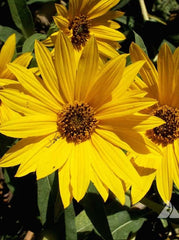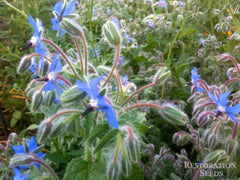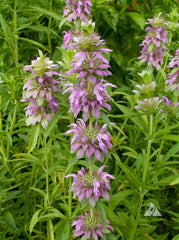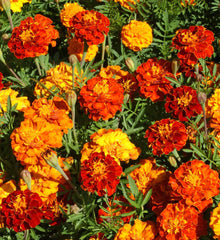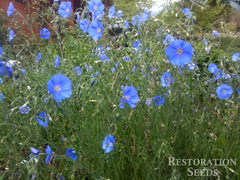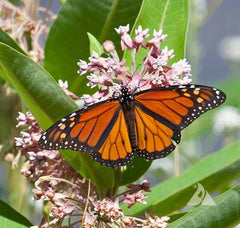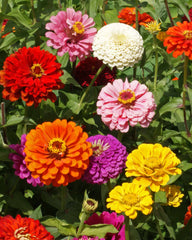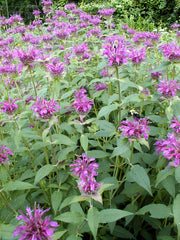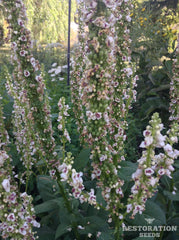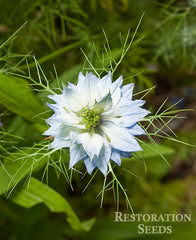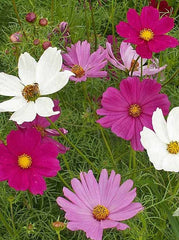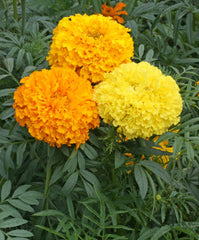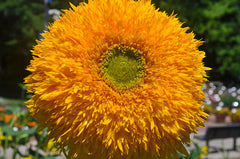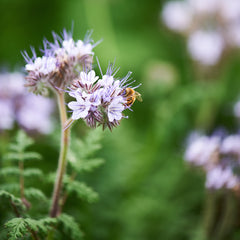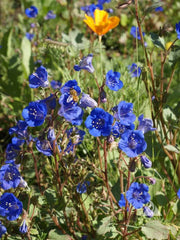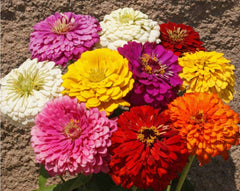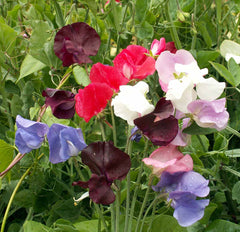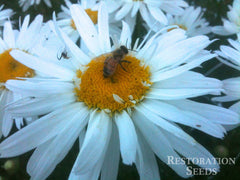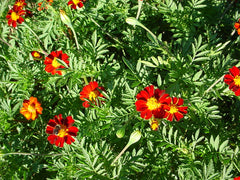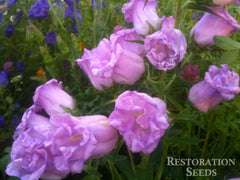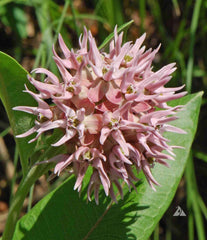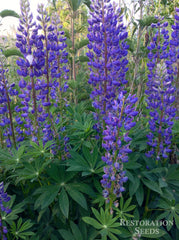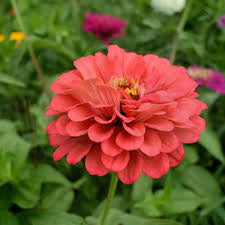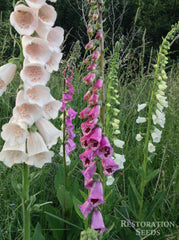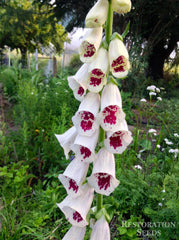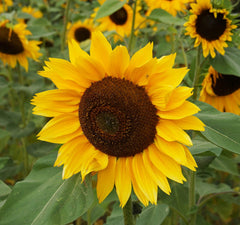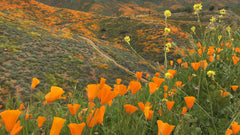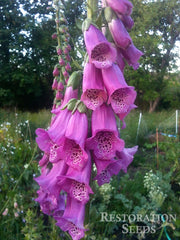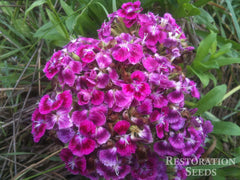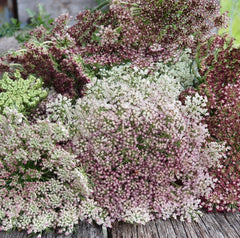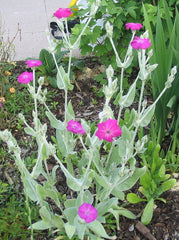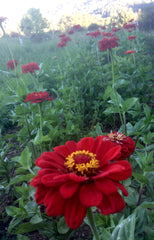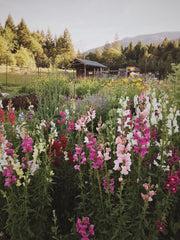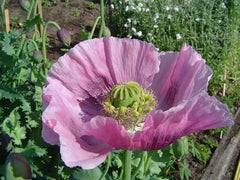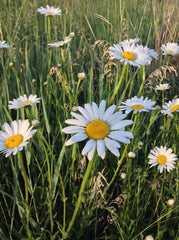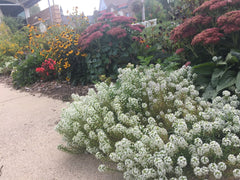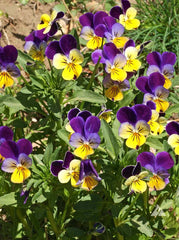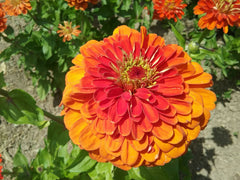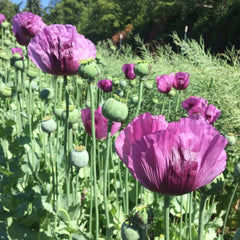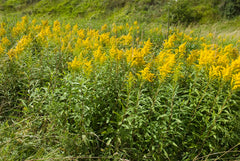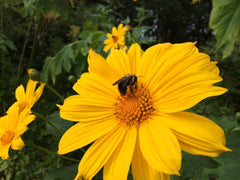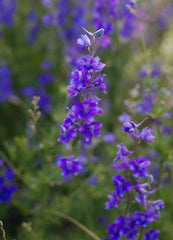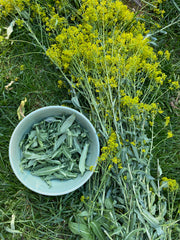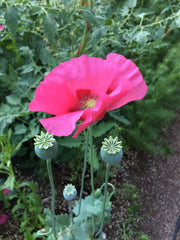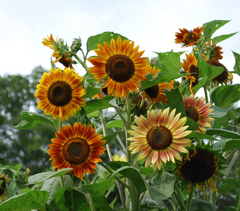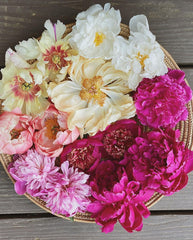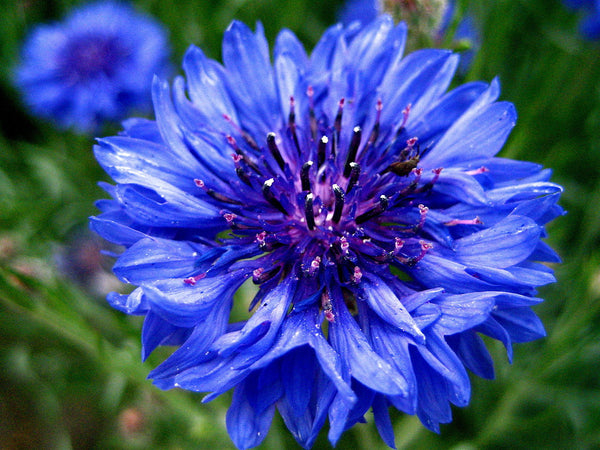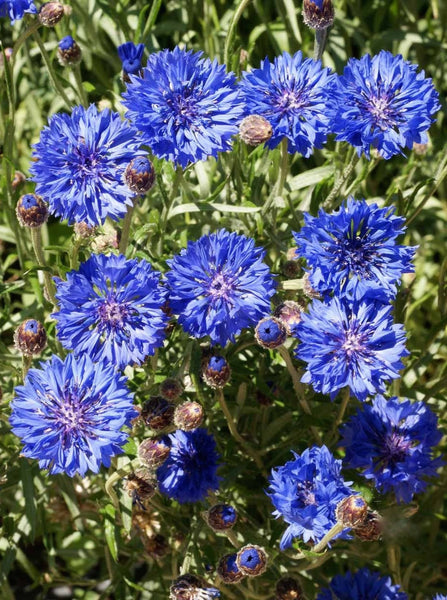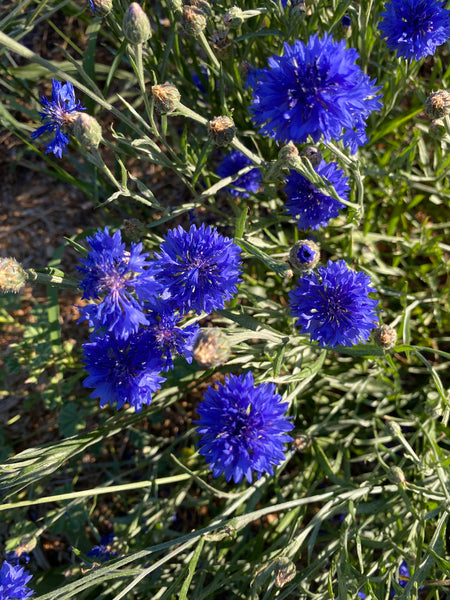Tall Blue bachelor's button
Centaurea cyanus
HOW TO GROW BACHELOR'S BUTTON
Start indoors 4–6 weeks before last frost, transplant out after last frost. Direct sow 1–2 weeks before frost or in September in mild winter climates to produce larger and earlier-flowering plants. Drought tolerant once established. Bachelor’s button may self-sow for another beautiful crop next year. Soil pH 6.6–7.8. Hardiness zones 3–10. Annual.
Usual seed life: 3–5 years.
Planting Depth 1/4"
Soil Temp. Germ. 68˚F
Days to Germ. 7–14
Plant Spacing 9–12”
Row Spacing 18–36”
Days To Maturity 90–120
Full Sun, Moist Well Drained Soil
Usual seed life: 3–5 years.
Planting Depth 1/4"
Soil Temp. Germ. 68˚F
Days to Germ. 7–14
Plant Spacing 9–12”
Row Spacing 18–36”
Days To Maturity 90–120
Full Sun, Moist Well Drained Soil
- 100 Seeds$4.10
This hardy annual flowers from June through August, and grows to 24–36” tall. Young shoots are edible, fresh flower petals are used as color in salads. Flowers are often used in dried-flower arrangements and wreaths because they retain their color well. An edible blue dye is obtained from the flowers, used for color...
This hardy annual flowers from June through August, and grows to 24–36” tall. Young shoots are edible, fresh flower petals are used as color in salads. Flowers are often used in dried-flower arrangements and wreaths because they retain their color well. An edible blue dye is obtained from the flowers, used for coloring sugar and confections. Interestingly, the blue pigment is protocyanin, which in roses is red. Bachelor’s Button flowers, also known as Cornflowers, have a long history of herbal use. Wild cornflower floral water is produced in Provence, France. It is obtained by steam distillation which can be used as a natural mild astringent and antiseptic to prevent eye infections as well as an alcohol-free natural toner. Dried Cornflower is used in herbal tea blends and is famous in the Lady Grey blend of Twinings. Also known as Bluebottle, Boutonniere Flower, Hurtsickle or Cyani flower. Tags: Color: Blue, Specialty: Deer Resistant, Season: Summer.
Native to Europe. In the past it often grew as a weed in crop fields, hence its name, fields growing grains such as wheat, barley, rye, or oats are sometimes known as corn fields in the UK. In folklore, cornflowers were worn by young men in love; if the flower faded too quickly, it was taken as a sign that the man's love was not returned. It is now endangered in its native habitat by agricultural, particularly over use of herbicides, destroying its habitat; in the United Kingdom it has declined from 264 sites to just 3 sites in the last 50 years. Now naturalized in many other parts of the world, including North America and parts of Australia. Today its considered a beneficial weed.
Native to Europe. In the past it often grew as a weed in crop fields, hence its name, fields growing grains such as wheat, barley, rye, or oats are sometimes known as corn fields in the UK. In folklore, cornflowers were worn by young men in love; if the flower faded too quickly, it was taken as a sign that the man's love was not returned. It is now endangered in its native habitat by agricultural, particularly over use of herbicides, destroying its habitat; in the United Kingdom it has declined from 264 sites to just 3 sites in the last 50 years. Now naturalized in many other parts of the world, including North America and parts of Australia. Today its considered a beneficial weed.
Learn More
Meet Your Farmer
We promote fair trade, organic practices and environmental responsibility throughout the Restoration Seeds supply chain. Below are the family farmers and seed suppliers who bring our open pollinated seeds to you.
Idyllwild
Conventional
Seed grower since 2018
![]()
Idyllwild was born of our joyful curiosity and celebration of nature’s diverse gifts. Following nature’s model of open dispersal and dissemination, we share these seeds with you and invite you to play in the garden of abundance. We learn from nature and she has taught us to live and think in terms of “abundance” instead of “scarcity”. Diversity - in all forms, from genetic to creative expression - is the heart of resilience. We enjoy experimenting with myriads of flavors, colors, and textures and the world opens to us in infinite possibilities. As a result, we are nourished in body, mind, and spirit.
Reviews
